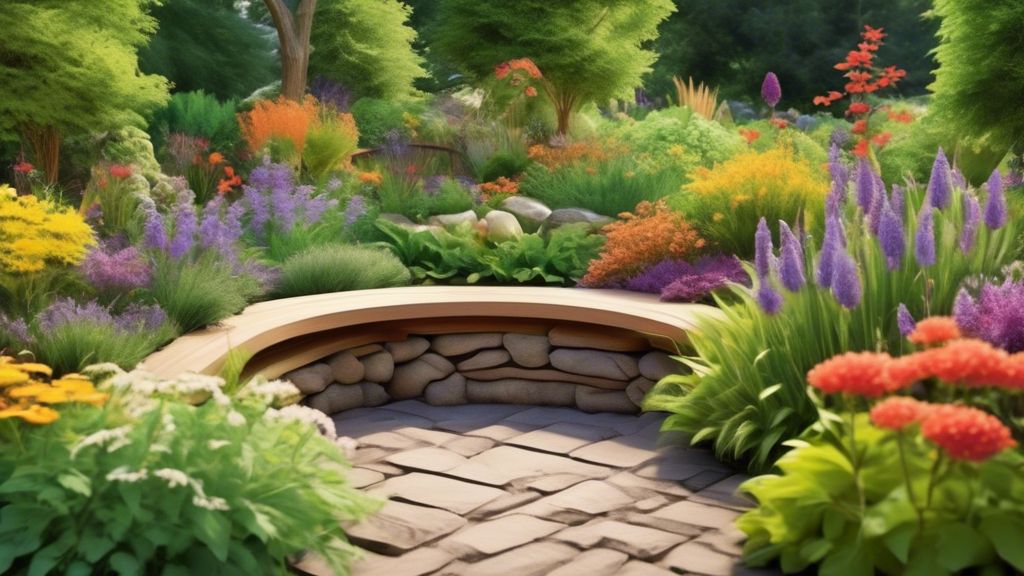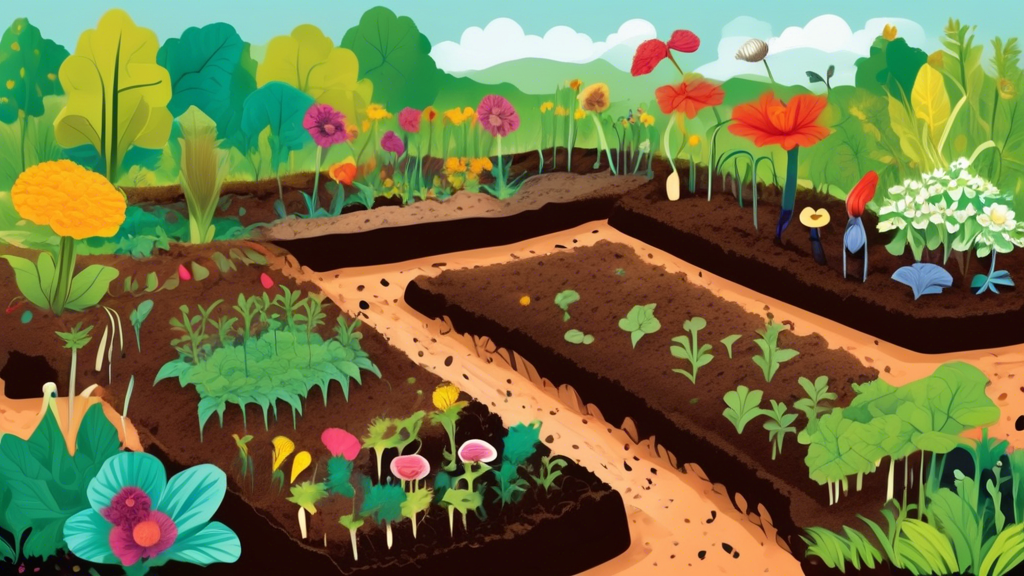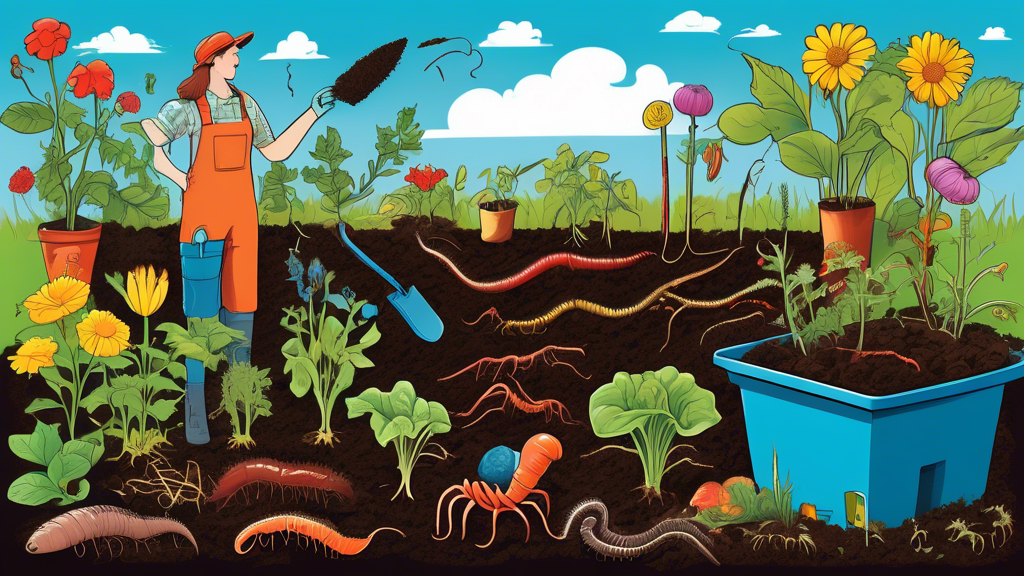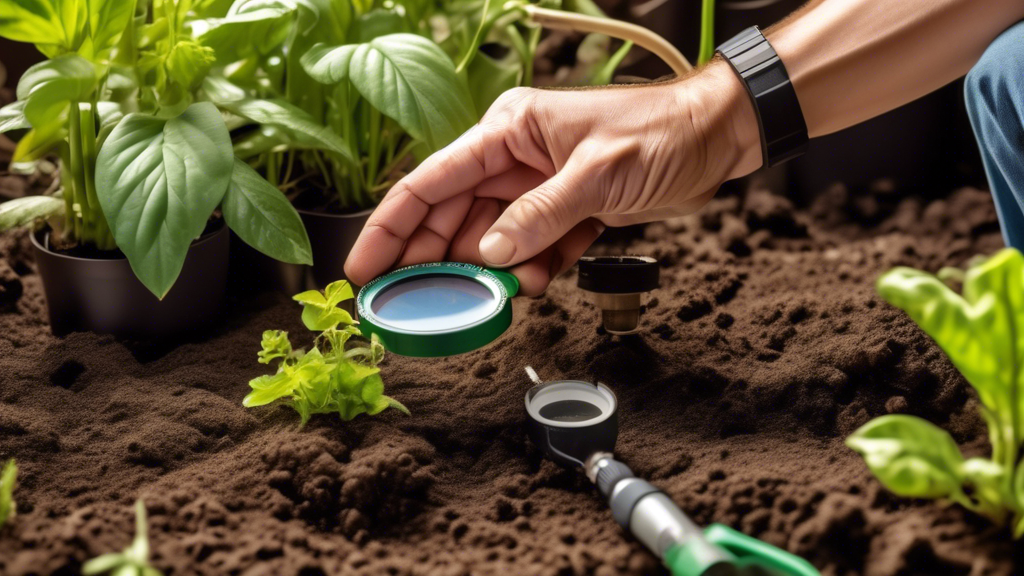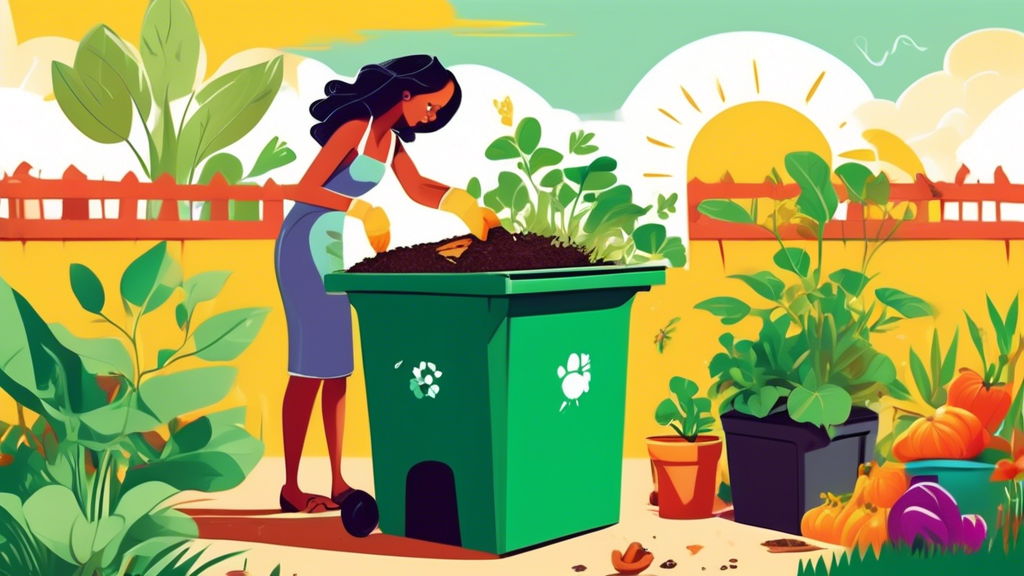
Why You Should Start Composting Today
The Environmental Impact of Your Kitchen Scraps
Many of us feel a pang of guilt every time we scrape food scraps into the trash. That waste adds up quickly. The average household can reduce its landfill contribution by up to 30% simply by composting organic materials. This not only lessens the burden on landfills but also reduces the production of methane, a potent greenhouse gas that food waste releases when it decomposes without oxygen.
“Black Gold”: The Gardener’s Secret Weapon
Tired of spending money on bagged soils and chemical fertilizers that promise results but often fall short? Compost, often called “black gold” by gardeners, is a free, nutrient-rich soil amendment that improves soil structure, helps retain moisture, and provides a slow-release buffet of nutrients for your plants, leading to a more vibrant and productive garden.
Understanding the Basics: The Composting “Recipe”
Greens vs. Browns: The Essential Balance
Successful composting hinges on balancing two types of materials:
- Greens: Nitrogen-rich materials that heat up the pile and provide protein for microorganisms. Examples: fruit and vegetable scraps, coffee grounds, fresh grass clippings.
- Browns: Carbon-rich materials that provide energy and create air pockets for proper decomposition. Examples: dried leaves, cardboard, straw, paper towels.
A common issue is a smelly, slimy compost pile that isn’t breaking down. This is usually a sign of too many Greens and not enough Browns.
Unique Insight: The “Paper Towel Test.” Grab a handful of your compost and squeeze it. If it feels as damp as a wrung-out sponge, you’ve got the moisture level perfect. If water streams out, it’s too wet—add more Browns. If it feels dry and crumbly, add a splash of water or more Greens.
What You Can (and Can’t) Compost
Knowing what to add is crucial for a healthy compost pile and to avoid pests and odors.
| DO Compost (Greens & Browns) | DON’T Compost |
|---|---|
| Fruit & vegetable scraps | Meat, fish, and bones |
| Coffee grounds & filters | Dairy products |
| Eggshells (crushed) | Oily or greasy foods |
| Grass clippings | Diseased plants |
| Shredded paper & cardboard | Pet waste |
| Yard trimmings | Coal or charcoal ash |
Choosing Your Composting Method
The Simple Pile or Bin Method (Best for Beginners)
This is the most straightforward way to start. You can create a freestanding pile in a corner of your yard or use a stationary bin.
- Pros: Very low cost, easy to start, large capacity.
- Cons: Decomposition is slower, can attract pests if not managed well, requires more manual turning.
Tumbler Composters (The Fast & Neat Option)
These are enclosed barrels that rotate on a frame, making turning your compost as easy as spinning a drum.
- Pros: Contained and pest-resistant, easy to turn, faster decomposition due to improved aeration.
- Cons: Higher upfront cost, limited capacity, can be heavy to turn when full.
Worm Composting (Vermicomposting for Small Spaces)
This method uses special worms (typically red wigglers) to break down food scraps. It’s ideal for apartments or homes with no yard.
- Pros: Can be done indoors (e.g., in a basement or under the sink), produces a very high-quality compost and nutrient-rich liquid fertilizer (“worm tea”).
- Cons: Requires specific care for the worms (they are sensitive to temperature, moisture, and pH), not suitable for all food scraps (e.g., citrus, onions in large amounts).
Your Step-by-Step Guide to How to Compost at Home
Step 1: Select and Set Up Your Composter
Choose a location that is easily accessible year-round. A shady spot with good drainage is ideal to prevent the pile from drying out too quickly in the sun.
Step 2: Build Your Foundation Layer
Start with a 4-6 inch layer of coarse browns, like small twigs or straw, at the bottom of your pile or bin. This layer is critical for drainage and aeration, preventing the compost from becoming a soggy, anaerobic mess at the bottom.
Step 3: Add Your Ingredients in Layers
Think of building your compost like making lasagna. Alternate layers of Greens and Browns. A good rule of thumb is to aim for a carbon-to-nitrogen ratio of about 25-30:1 (Browns to Greens). In practice, this often looks like adding 2-3 parts Browns for every 1 part Greens. Always cover a layer of food scraps (Greens) with a layer of leaves or shredded paper (Browns) to minimize odors and deter pests.
Step 4: The Art of Maintenance: Turning and Watering
Turning your pile with a pitchfork or compost aerator once every week or two introduces oxygen, which is essential for the aerobic bacteria that do the hard work of decomposition. As you turn, check the moisture level using the “wrung-out sponge” test and add water or dry Browns as needed.
Step 5: Harvesting Your Finished Compost
Your compost is ready when it’s dark, crumbly, and has a pleasant, earthy smell—usually in 2 months to a year, depending on your method and maintenance. To harvest, sift the compost through a screen to separate any large, unfinished chunks, which can be added back to your active pile to continue breaking down.
Troubleshooting Common Composting Problems
“My Compost Smells Bad!”
A rotten smell is a clear sign that your compost is too wet and has become anaerobic (lacking oxygen). The fix is simple: turn the pile thoroughly to incorporate air and mix in a generous amount of dry, brown materials like shredded cardboard or dry leaves to absorb excess moisture.
“It’s Not Breaking Down.”
If decomposition has stalled, the pile is likely too dry, lacks nitrogen (Greens), or needs aeration. Add a combination of water, fresh green materials like grass clippings or vegetable scraps, and give the pile a good turn to mix everything together and kickstart the process.
“I Have Pests (Flies, Raccoons).”
Pests are attracted to exposed food. The best prevention is to always bury new food scraps under at least 6-8 inches of brown material. For persistent problems, consider switching to a fully enclosed system like a tumbler or a bin with a secure lid and a pest-proof base.
Composting FAQs: Your Questions, Answered
Can I compost if I live in an apartment?
Absolutely! You don’t need a backyard to compost. Worm bins (vermicomposting) are a fantastic, odor-free solution for indoor composting. Another great option is a bokashi bin, which uses a special bran to ferment all your food scraps (including meat and dairy) in a sealed bucket, after which the pre-compost can be buried or added to a traditional compost pile.
How long does it take to make compost?
The timeline varies widely. A well-maintained tumbler can produce compost in as little as 2-3 months. A passive compost pile might take 6 months to a year. Factors like the balance of materials, how often you turn the pile, and the weather all play a role.
Are citrus peels and onions okay for compost?
Unique Insight: Yes, they are perfectly fine in a well-balanced, diverse compost pile! The old myth was that their acidity or strong oils would kill worms or disrupt the pile. In reality, a healthy compost system is robust enough to handle them. The key is moderation—avoid dumping a large quantity of only citrus peels or onions at once. Chop them up to help them break down faster.
What’s the difference between compost and fertilizer?
This is a fundamental distinction. Compost is a soil amendment. It improves the overall health and structure of your soil, enhancing its ability to retain water and nutrients and fostering a thriving ecosystem of beneficial microbes. Fertilizer is a plant supplement. It provides a direct, concentrated dose of specific nutrients (like nitrogen, phosphorus, and potassium) to plants. In short, compost feeds the soil, which in turn feeds the plant, while fertilizer feeds the plant directly.
Starting your journey of how to compost at home is a simple, rewarding step toward a more sustainable lifestyle. Don’t be intimidated—start small, learn as you go, and celebrate every scrap you divert from the landfill. Your garden, and the planet, will thank you for it.

